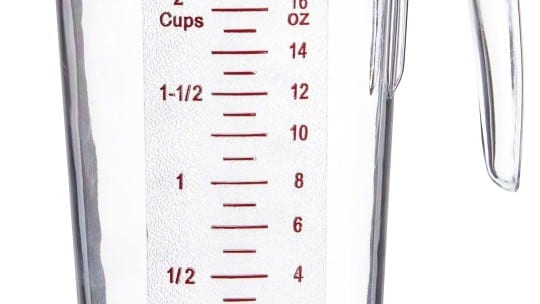
Most American adults know exercise and diet are critical to a healthy, fulfilling life. Still, only about half of us get the amount of exercise the Centers for Disease Control and Prevention recommends.
It’s similar when it comes to PR measurement. PR pros know it’s important to measure, but measurement itself often is done minimally or skipped altogether. With this reality in mind it was barely surprising that nearly 60% of PR pros are unaware of the Barcelona Principles, the measurement best practices adopted in 2010 and updated in 2015, according to a recent PR News survey.
Perhaps PR pros would pay more attention to measurement if they realized, as Leta Soza, director of PR engineering and operations, AirPR, wrote, “That [measurement] has the ability to drive optimization and improvement of future campaigns.”
As such, Soza, recommends PR pros apply the following basic elements of PR measurement to their campaigns.
- Tie PR to Business Objectives and Setting Campaign Goals: A strategic approach to PR measurement starts with clear business objectives and specific PR campaign goals. Identify business objectives by asking explicit questions such as:
- What business problems do you want me to help solve?
- What does success looks like in a year’s time from a company standpoint? From a PR standpoint?
- Are there competitive advantages you wish to elevate?
- Is there specific messaging that you want to gain traction with or see fade away?
- Identify KPIs and Metrics: Once you know what PR is responsible for driving, it’s time to identify specific metrics that will prove goals were met. Implementing KPIs and metrics ensures PR doesn’t rely on purely anecdotal or observed data. Instead of vanity metrics like headline impressions, circulation, page views and AVEs, PR should be tracking: content relevancy, message performance/pull-through , spikes in web traffic, customer interaction across properties and brand sentiment amongst key audiences. The right metrics, when attached to clear goals, reveal what really matters versus numbers that massage the ego but fail to provide true insight for the business.
- Evaluate to Cull Insights and Fuel Optimization: PR measurement is more than culling numbers. It’s about systemically assessing signals and thinking critically about the influence those signals have on a greater strategy. After the execution of a campaign, critique what worked and failed. Next, take those critiques and apply critical thought to formulate a clear understanding of what you’re going to do (or not do) next to make PR stronger and better. The application of key takeaways and insights should inform all decisions about future PR efforts. PR pros must evaluate objectively and apply the signals received as a result of measurement. The aim of evaluation is to derive insight into what to do next (based on the performance of recent efforts), how to go about it (based on top-performing tactics and outlets) and what was (potentially) missed in the previous approach.
- Define PR Measurement Success: Meeting measurement goals is an indicator of success. Consider, however, the ripple effect of measurement. PR measurement, much like PR, is dynamic and requires an evolving vision. Be sure you are doing more than measuring short-term responses. You must also apply that feedback within a long-term strategy. Avoid the fallacy that PR measurement must be derived from numbers. After all, PR is about relationships. Data can show what works, but it’s always about people behind the numbers. In the end, the most important thing any PR pro can do is to ensure the key elements of PR measurement are viewed as indispensable parts of a whole.
This content is adapted from PR News' Book of Measurement Strategies and Tactics, Vol. 9. Learn about all of PR News' professional-level guidebooks for communicators.
Follow Seth Arenstein: @skarenstein
